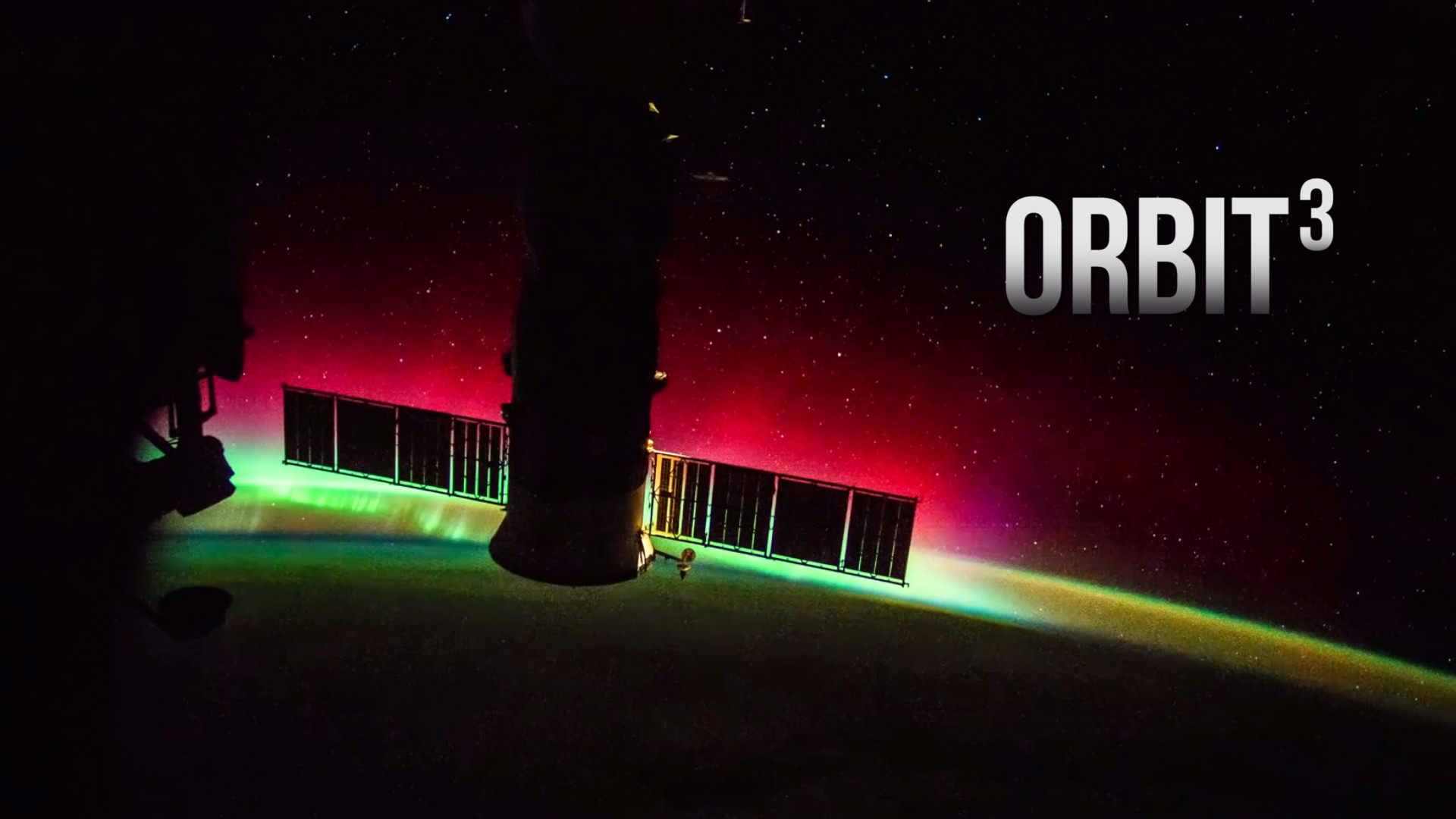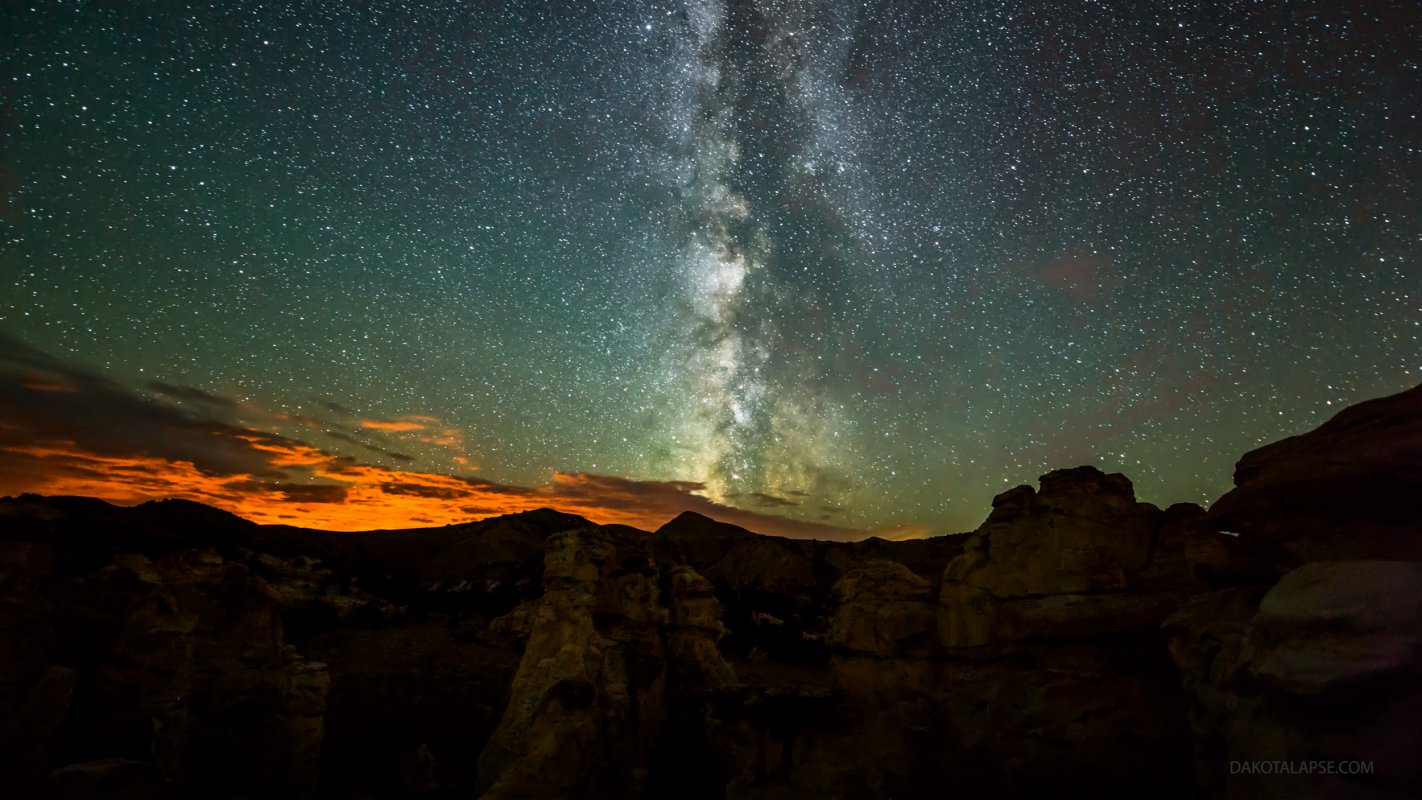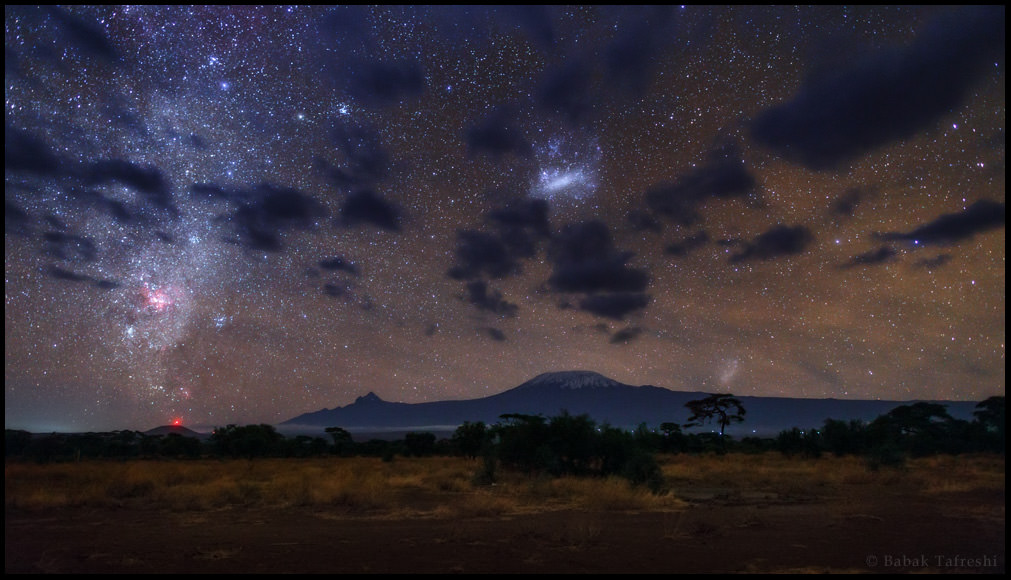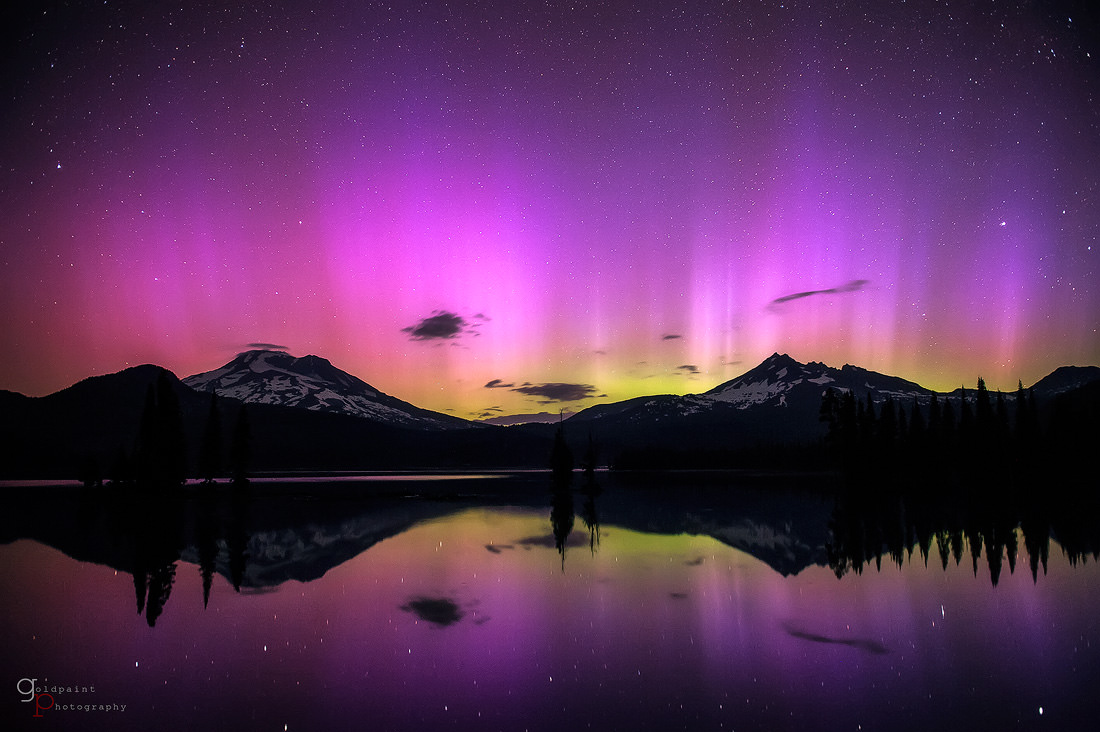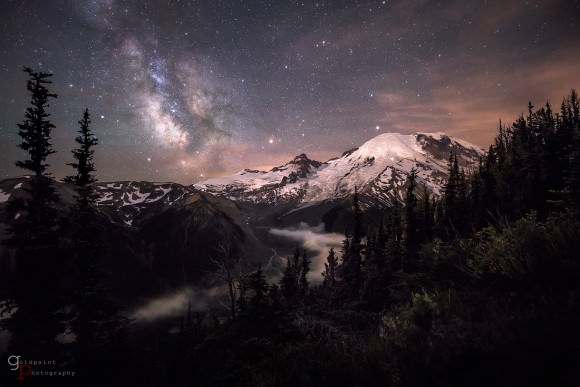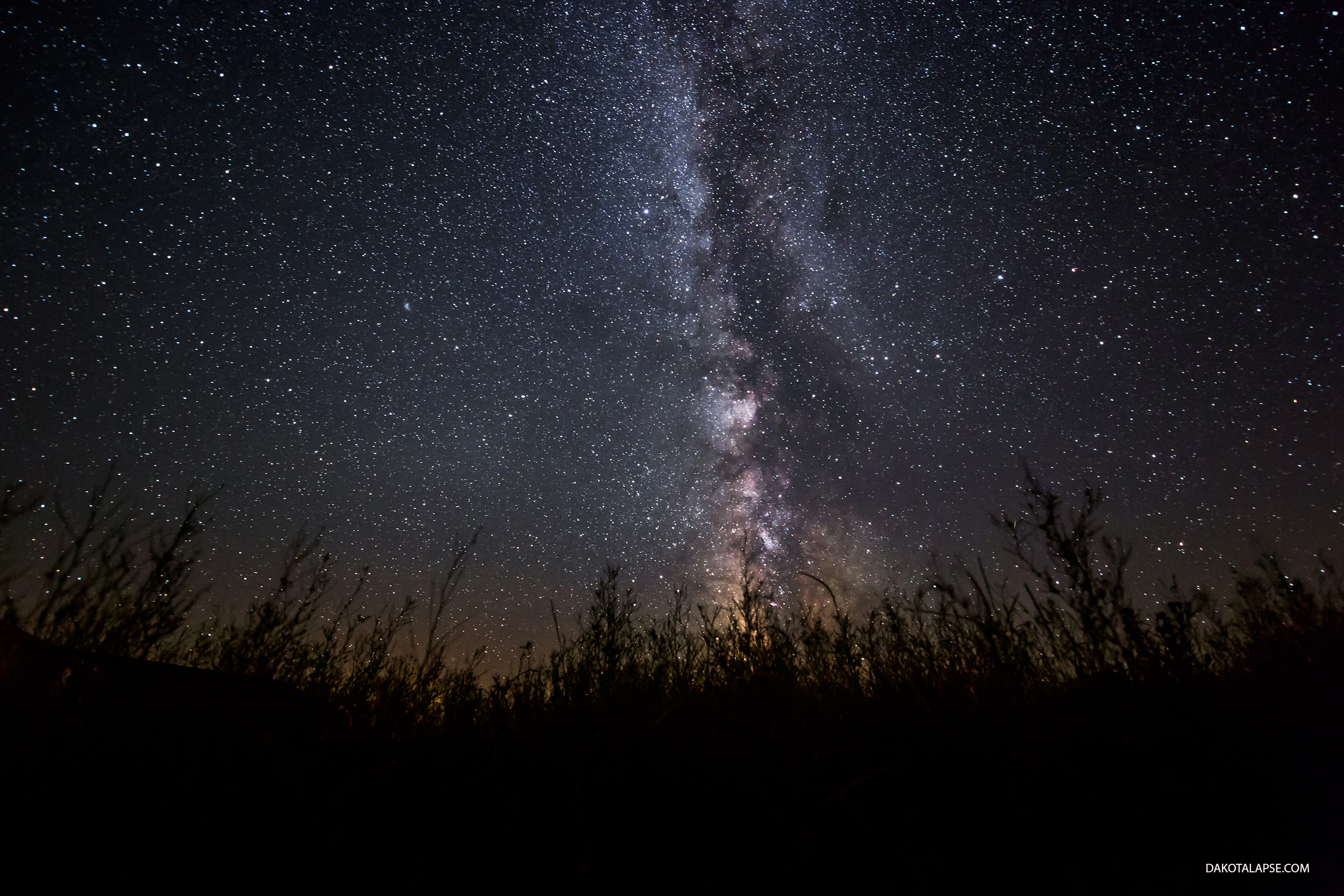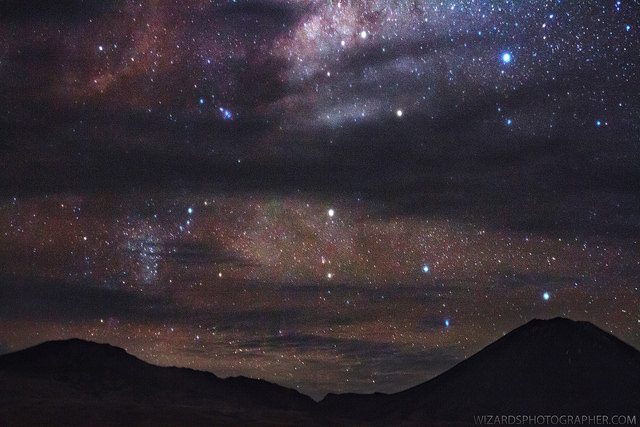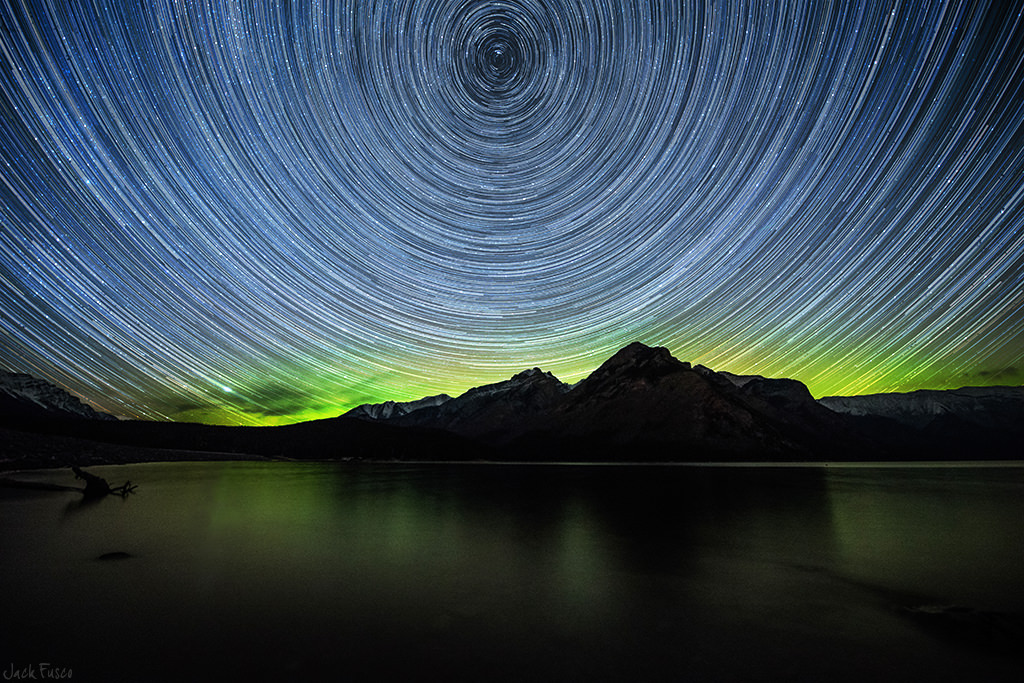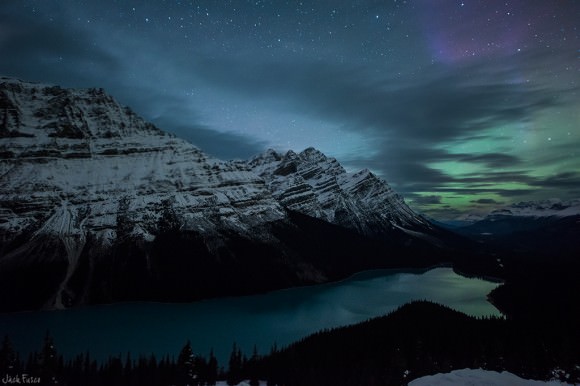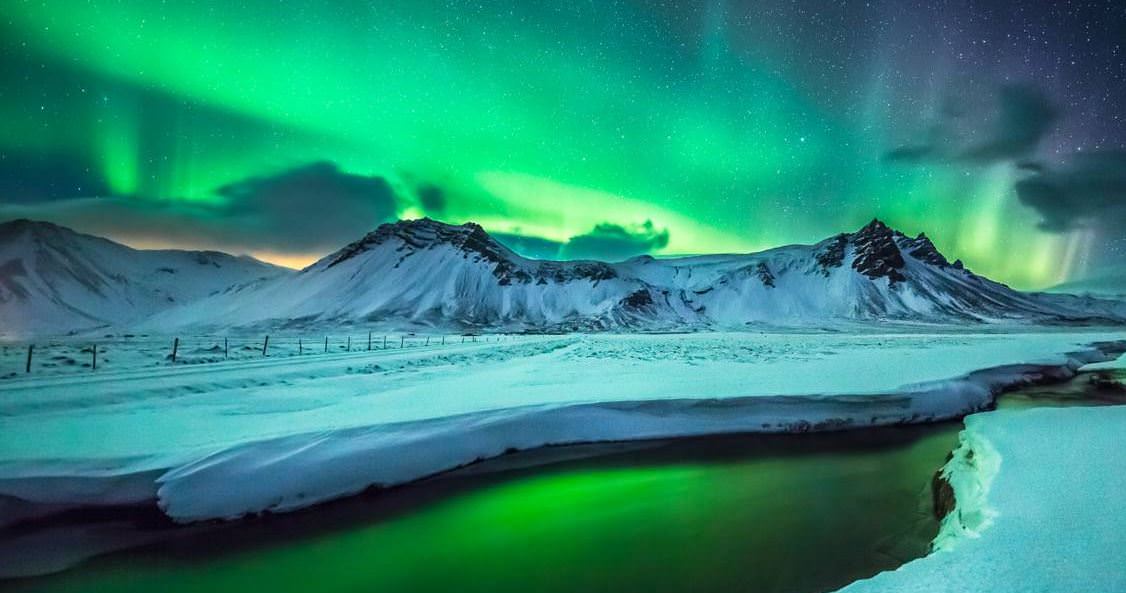Radio dishes always evoke wonder, as these giants search for invisible (to our eyes, anyway) radio signals from objects like distant quasars, pulsars, masers and more, including potential signals from extraterrestrials. This new timelapse from Harun Mehmedinovic and Gavin Heffernan of Sunchaser Pictures was shot at several different radio astronomy facilities — the Very Large Array (VLA) Observatory in New Mexico, Owens Valley Observatory in Owens Valley California, and Green Bank Observatory in West Virginia. All three of these facilities have been or are still being partly used by the SETI (Search for the Extraterrestrial Intelligence) program.
Watch the dishes dance in their search across the Universe!
The huge meteorite streaking across the sky above Very Large Array (2:40) is from the Aquarids meteor shower. The large radio telescope at Green Bank is where scientists first attempted to “listen” to presence of extraterrestrials in the galaxy. The Very Large Array was featured in the movie CONTACT (1997) while Owens Observatory was featured in THE ARRIVAL (1996).
This video was created for SkyGlowProject.com, a crowdfunded educational project that explores the effects and dangers of urban light pollution in contrast with some of the most incredible Dark Sky Preserves in North America.
The music is by Tom Boddy, and titled “Thoughtful Reflections.”
Thanks to Gavin Heffernan for sharing this video.
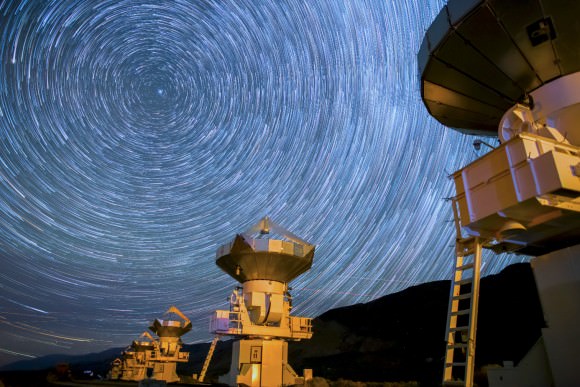
SKYGLOW: DISHDANCE from Sunchaser Pictures on Vimeo.


